Publishing Director: Sarah Lavelle
Creative Director: Helen Lewis
Commissioning Editor: Cline Hughes
Designer: Gemma Hayden
Design Assistant: Shani Travers
Photography: Faith Mason
Prop Stylist: Luis Peral
Food Stylist: Rosie Reynolds
Food Stylist Assistant: Jess Dennison
Production Controller: Nikolaus Ginelli
Production Director: Vincent Smith First published in 2017 by Quadrille Publishing Limited Pentagon House 5254 Southwark Street London SE1 1UN www.quadrille.com Quadrille is an imprint of Hardie Grant www.hardiegrant.com Text Quadrille Publishing Limited 2017 Photography Quadrille Publishing Limited 2017 Design and layout Quadrille Publishing Limited 2017 The rights of the author have been asserted. All rights reserved. No part of the book may be reproduced, stored in a retrieval system or transmitted in any form or by any means, electronic, electrostatic, magnetic tape, mechanical, photocopying, recording or otherwise, without the prior permission in writing of the publisher. Cataloguing in Publication Data: a catalogue record for this book is available from the British Library. eISBN: 978 1 78713 206 1 Contents Theres no getting away from the fact that cooking often involves a little bit of drudgery. Complicated recipes to follow, multiple pots to stir and mountains of washing up can make cooking seem like hard graft, especially on weeknights when time is short and people just want to eat.
Theres a place for complicated dishes, of course, but even enthusiastic home cooks often want food that is simple to make, delicious to eat and doesnt entail using every pot in the kitchen. So, for those who havent fallen under the spell of roasting tray magic before, this book might well be a revelation. Every recipe within these pages snacks, starters, complete meals, warm salads and desserts requires just one roasting tray to make. Such a surprisingly wide range of dishes emphasises just how underrated this humble piece of kitchen equipment is. But roasting tray cooking does more than just smooth the culinary path when your cooking mojo is low and demand for a tasty meal is high; it also delivers food that is especially delicious. Why dont roasting trays play a more prominent role in everyday home cooking? As it turns out, the concept is relatively new.
As food historian Bee Wilson explains in her book Consider the Fork: A History of How We Cook and Eat, for hundreds of years chefs in European kitchens considered ovens to be suitable only for baking things like bread. Meat and game, meanwhile, were roasted over an open flame. According to Wilson, this division continued until the early twentieth century, which goes some way to explain why stovetops have been the default method for cooking vegetables and smaller cuts of meat until relatively recently. Restaurant chefs are now well versed in the benefits of roasting tray cooking; stick your head around the door of a professional kitchen and youre likely to see all manner of foods going into the oven in trays, from fillets of fish to vegetables. Chefs use this technique because it simplifies the cooking process and delivers wonderfully tasty results. Home cooks have been a little slower to catch on to the benefits; in domestic kitchens, roasting trays are still most strongly associated with cakes and joints of meat food that doesnt readily cook on the stovetop.
Hopefully this book will help change that. Food roasted in the oven is not only convenient, but also especially flavoursome. During roasting, dry heat wraps itself around the food, locking in and concentrating flavours. At a high heat, roasted food turns gloriously burnished because the natural sugars caramelise on the outside, sealing in the juices on the inside.  Make friends with your roasting tray All the recipes in this book have been developed and tested in a rectangular roasting tray measuring 30 x 20 x 5cm. For some of the snacky dishes, such as chicken scratchings, sausage rolls, corn fritters, whole Camembert and the like, the size of the tray isnt crucial, so long as the food isnt crowded together (in which case it will steam).
Make friends with your roasting tray All the recipes in this book have been developed and tested in a rectangular roasting tray measuring 30 x 20 x 5cm. For some of the snacky dishes, such as chicken scratchings, sausage rolls, corn fritters, whole Camembert and the like, the size of the tray isnt crucial, so long as the food isnt crowded together (in which case it will steam).
For dishes where the food fills the tray to a particular height, like porridge, brownies, bread rolls and cake, its important to use the recommended size, otherwise they might not cook successfully, and/or in the specified time. For dishes such as its best to use the recommended tray size; something larger, for example, could see the sauce spread too thin and burn. In fact, if you want to make the most of this book, it would be a good idea to invest in a roasting tray of the recommended size. It wont accommodate an enormous Christmas turkey, obviously, but how often do you use a roasting tray that large? What you will have, though, is a single piece of versatile kitchen equipment thats ideal for cooking a wide range of dishes, from cakes to joints of meat. If youre shopping for a new roasting tray, use the same rule that applies for pans and baking sheets: opt for something solid and the best quality that you can afford. Steel/stainless steel (or multilayered stainless steel and aluminium), anodised aluminium and cast iron are popular choices; or, if you want to break the bank, copper is wonderful.
A heavier tray resists warping and distributes the heat more evenly, so your cooking results will be better overall. And make sure youre buying the right size: the measurements previously mentioned refer to the inside measurements of the tray. Go for a roasting tray with rounded corners for easy cleaning, as well as handles for safely transferring it in and out of the oven. A couple of recipes in this book call for cooking food on a rack on top of the roasting tray as well as inside it; some trays come with racks when you buy them, which is great but not essential. An ordinary metal rack, or even the oven rack itself, can serve the purpose by simply sitting on top. A final word on the vagaries of ovens: for a variety of reasons, all ovens have their own temperaments.
Age, make, model, insulation and settings are all factors that can affect the accuracy of an ovens temperature reading, and therefore the expected time it takes a dish to cook. Whats more, heat can vary across different parts of the oven chamber, so even using an oven thermometer does not completely solve the problem. Roasting tray cooking is a brilliantly convenient way to cook, but you cant just wander off; it requires you to keep an occasional eye on things, turn the tray round now and then (except when baking cakes, as the sudden drop in temperature can cause your masterpiece to sink or crack) and keep your senses alert for when the dish is done. Happy roasting tray cooking! 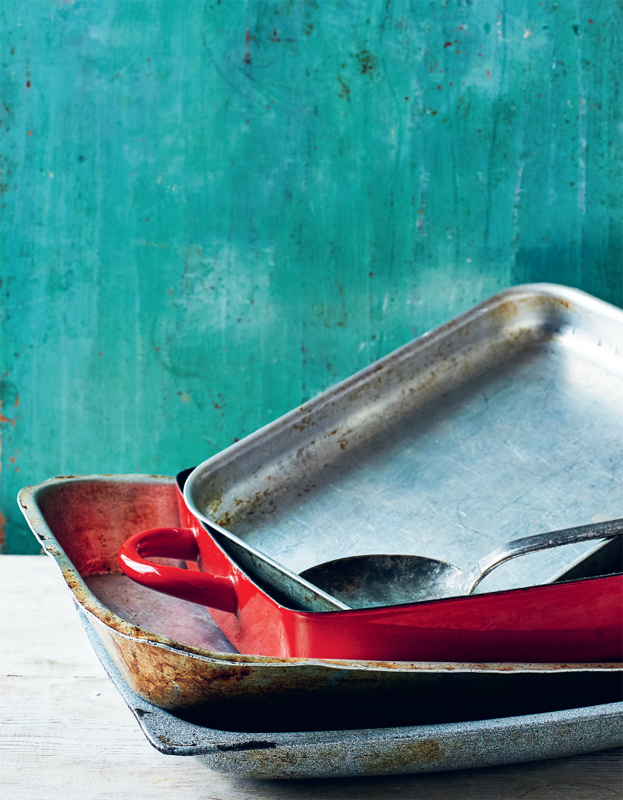
 Roast pear and rhubarb compote
Roast pear and rhubarb compote 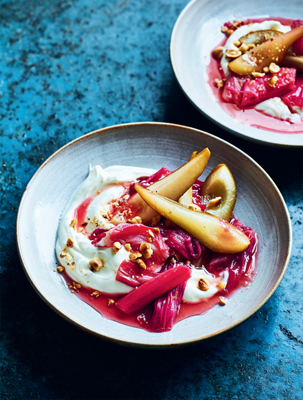

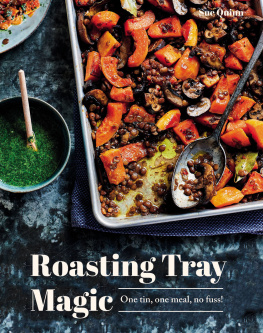

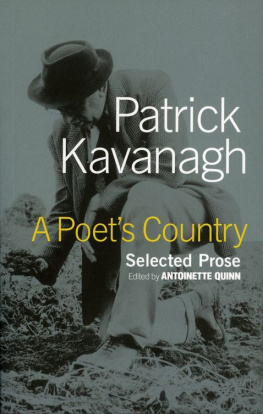

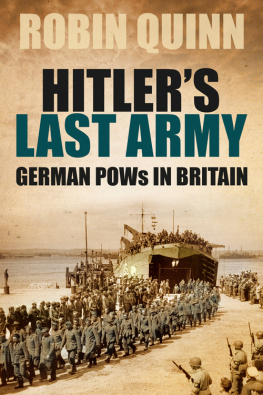
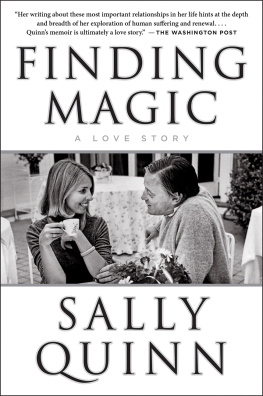
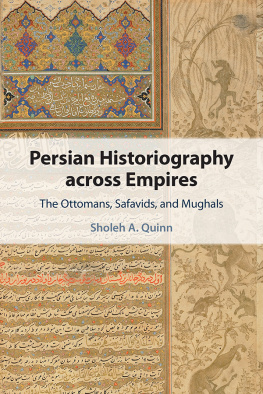

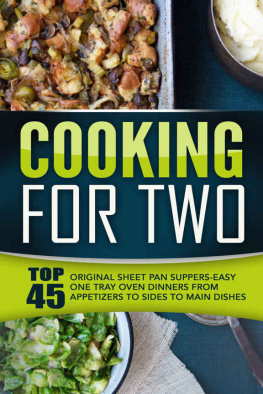
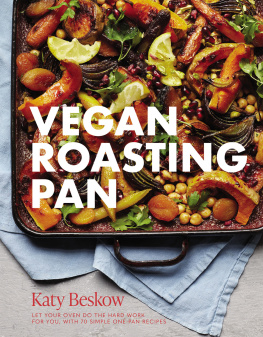
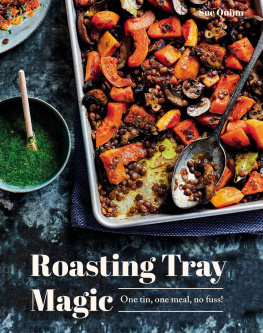
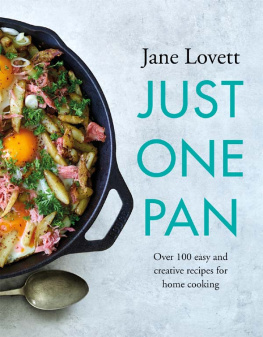


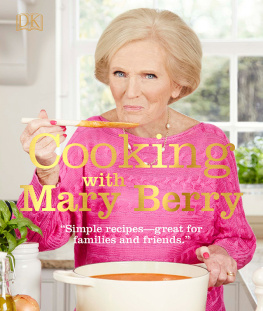


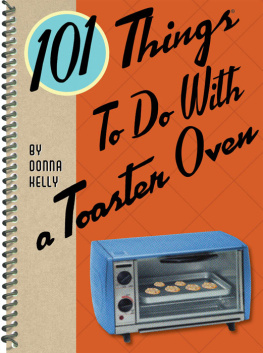



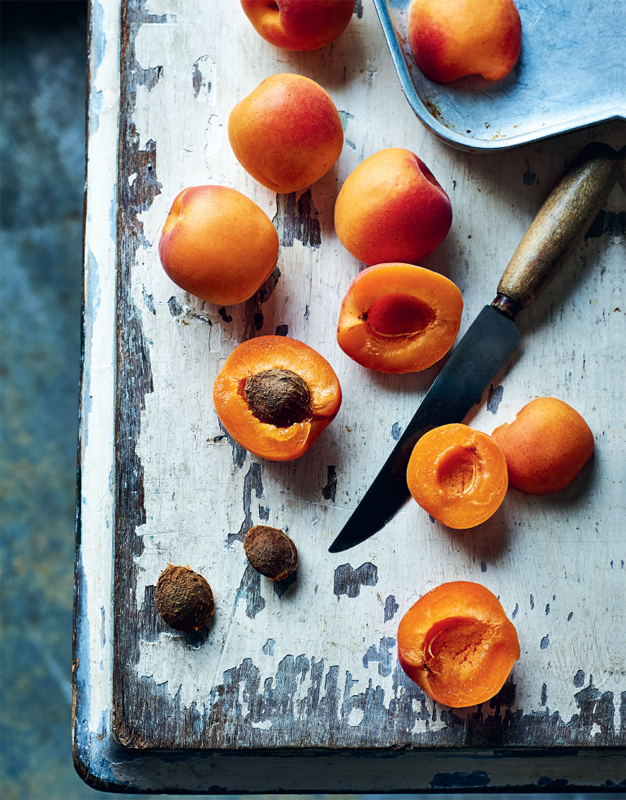

 Make friends with your roasting tray All the recipes in this book have been developed and tested in a rectangular roasting tray measuring 30 x 20 x 5cm. For some of the snacky dishes, such as chicken scratchings, sausage rolls, corn fritters, whole Camembert and the like, the size of the tray isnt crucial, so long as the food isnt crowded together (in which case it will steam).
Make friends with your roasting tray All the recipes in this book have been developed and tested in a rectangular roasting tray measuring 30 x 20 x 5cm. For some of the snacky dishes, such as chicken scratchings, sausage rolls, corn fritters, whole Camembert and the like, the size of the tray isnt crucial, so long as the food isnt crowded together (in which case it will steam).
 Roast pear and rhubarb compote
Roast pear and rhubarb compote 